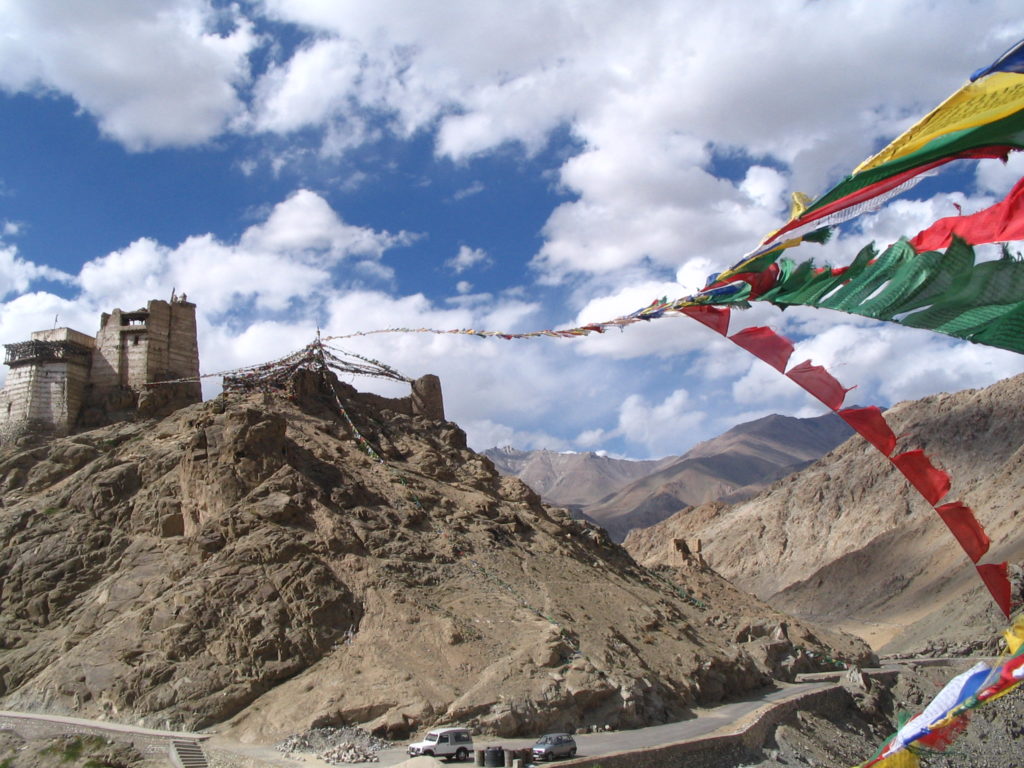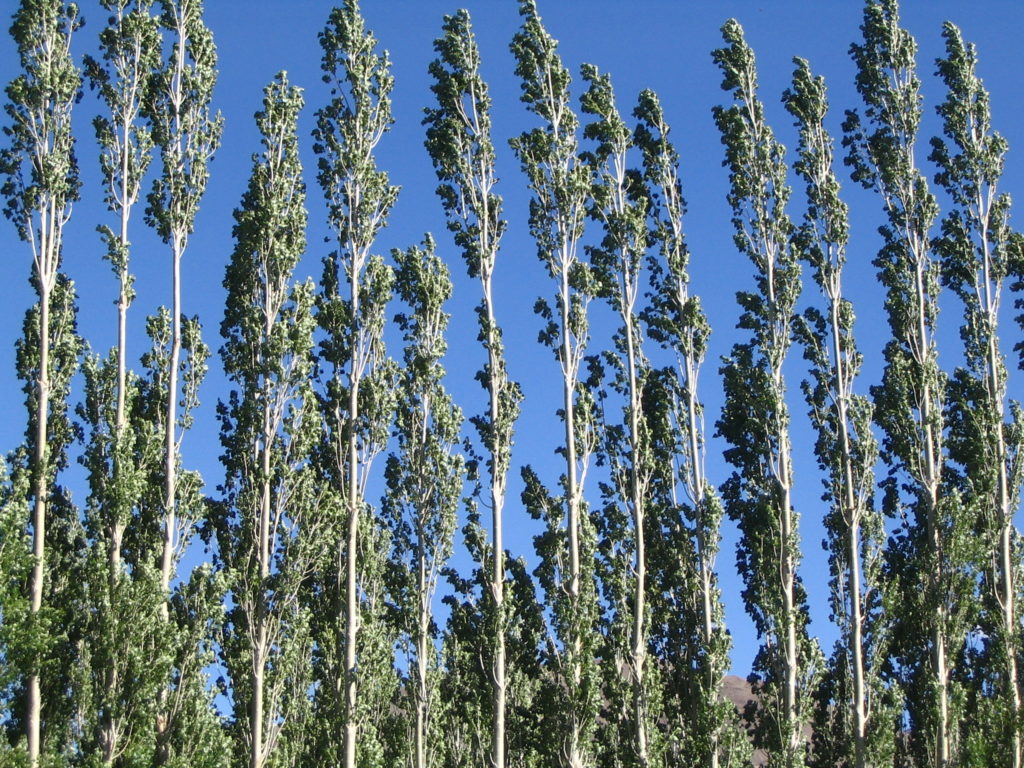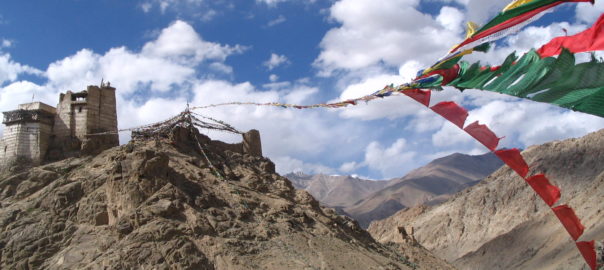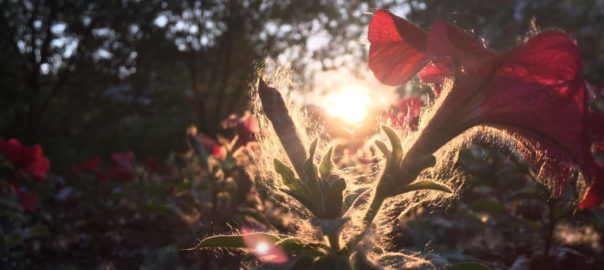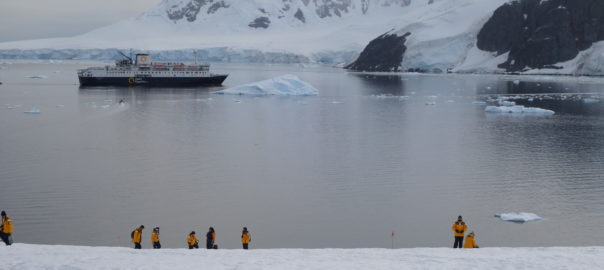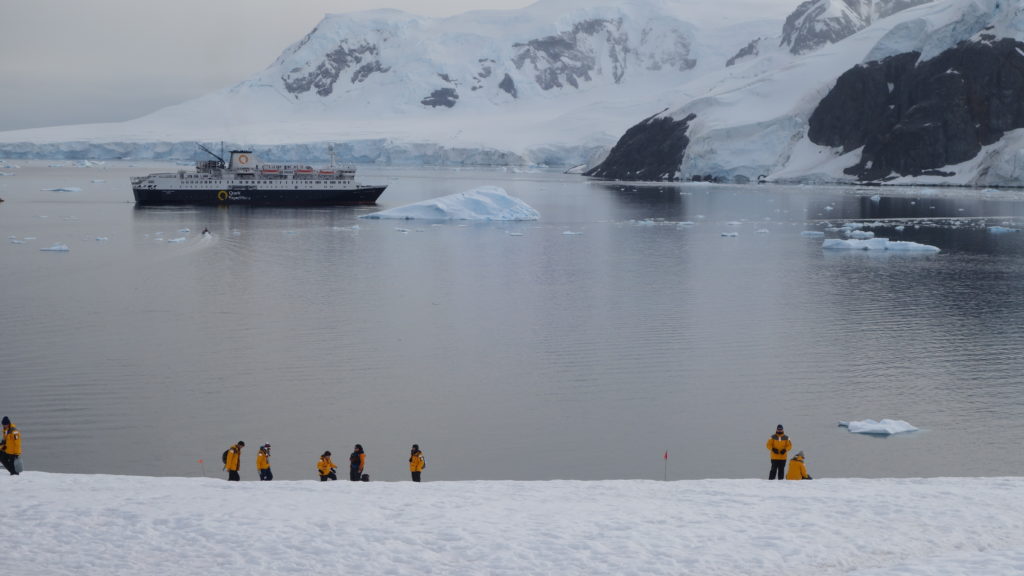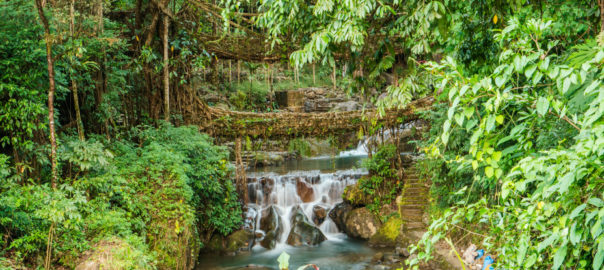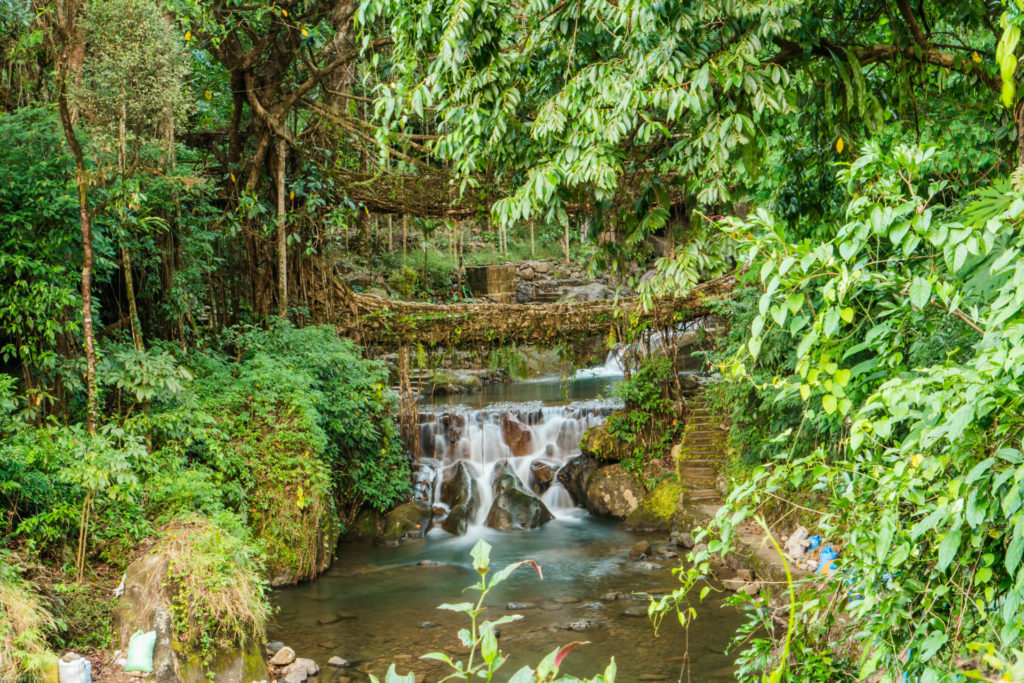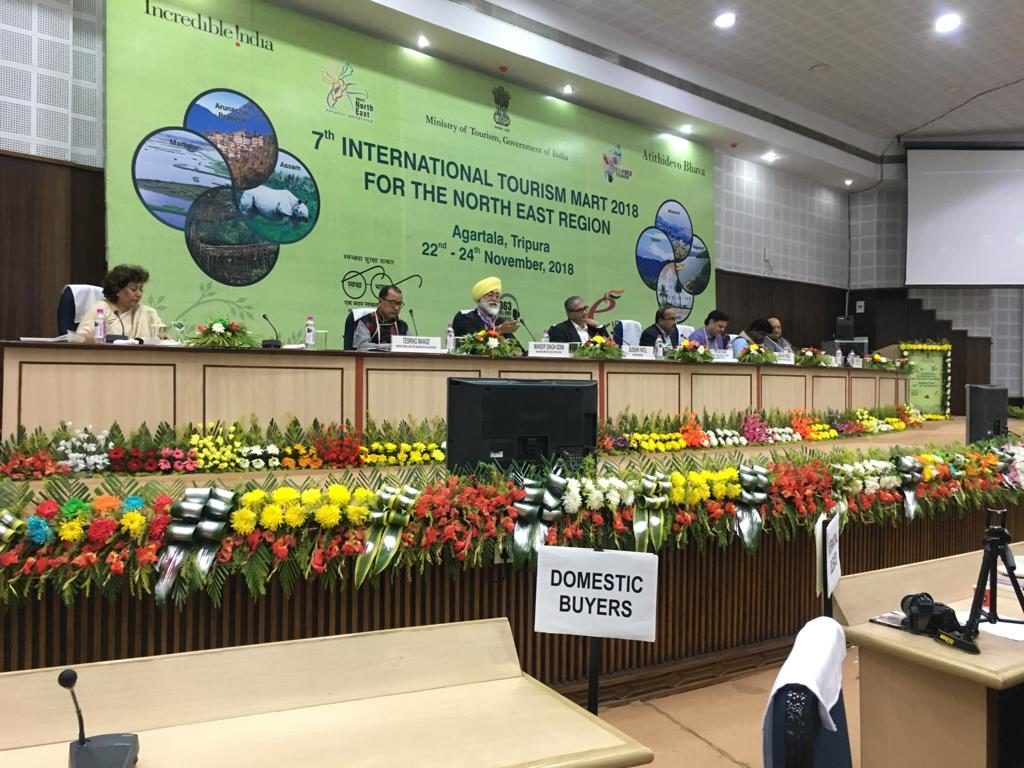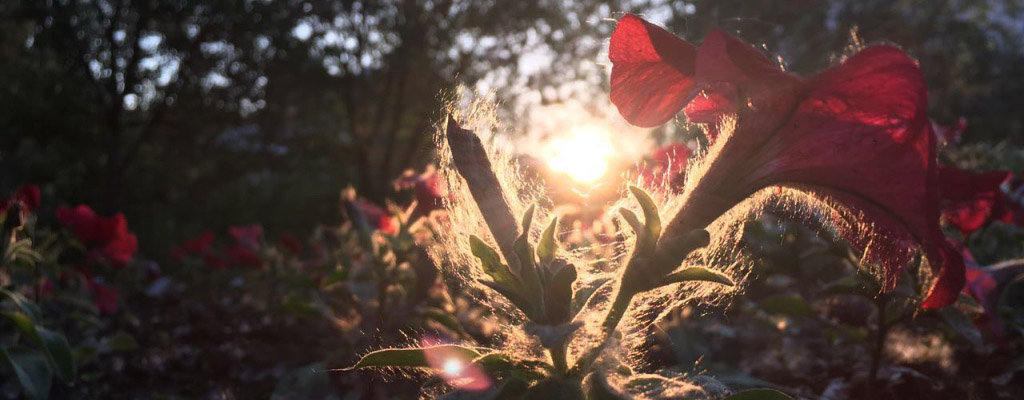
Himali Singh Soin writes a meditative piece on the idea of home.
Originally written in August 2014 for Jetwings Magazine.
Newborn, I open my eyes to the bright light of the world, the ceiling split open and spilled the sky, then rivers, deserts, mountains, forests, whales, butterflies, cactus into my room. I looked around, and a map—like wallpaper—formed. I have lived on a
map since.
Where we live, there are lofts comprising suitcases, photo jackets and rope and lenses, telescopes and binoculars, hats and compasses, knives, swords, snow boots, fishing lines, journals, harnesses, collapsible chairs, postcards, big bags for an expedition, little bags for a day’s reconnaissance, pocket bags for nail clippers, mini soap bottles, disposable underwear, water sippers, jasmine oil, more rope, microfiber towels, a book on birds, Hillary’s advice, a book on trees, walkie-talkies and a phone number on the fridge with which to stop the newspaper periodically, because, lofts undone, maps plotted, we are (always) on our way and there would be no one to read the news, though the news—and the newspaper man and his eponymous thump—would undoubtedly continue to take their own course.
Round and around we go
As a family of explorers, we are perpetual peripatetics, scouring deep crevices and deceiving surfaces of the world. Our adventures—in the viscous olive pools of Mexico’s cenotes, along the clay licks of the inner Amazon, the dunes of Morocco, the expanse of the Gobi, the raw bulbs of Madagascar, the source of the Nile, the high prayers of Tibet, the rush of the raft on the river Zanskar, the slithering forests of Periyar and many more—refresh our eyes, reboot our consciousness so that we are always aware, most strikingly, of what it means to live.
But what of home? The daily din? The mean, the normal, the everyday thump
of the newspaper on the porch, the place where nothing changes and everything stays the same. How content I am here! Home, to me, was becoming an exotic other. I do not return home, but travel home. In some ways, I carry my home with me, building nests even as I abandon them. But in others, it is the physical place—the fuss of the family, the bursting bookshelf, the ritual of routine—that makes up my nostalgia. It is this object, heavy with embedded meaning, that cannot be carried.
Among the countries that I have visited, from my foreign imagination, home comes to mean a variety of things. In Tibet, home is a desire for a way of life without siege, an unthreatened thought. Home means return to peace, a return of identity— Tibetan Buddhism. It means that the prayer flags left en route to Mt Kailash flutter in freedom and the glass facades of Chinese commerce that reflect back the Potala palace are silenced, so that the whispers to his Holiness might finally be heard.
In Madagascar, where over 80% of all flora and fauna is endemic, home is where the familiar is comprised of the unique everywhere else. In a land so native,
the sight of a baobab, like an upturned tree, a neuron touching the nerve of
the sky, is enough to arouse a sense of belonging. Though the people are made up of immigrants from the coasts of Africa and Asia along with French colonies, the landscape is inherent.
Moving home
In Mongolia, home is a shifting place, shifting by season, by the fertility of the soil, and endless, always a distant end and constantly being re-assembled. The ger tent, made of a lattice of wood and felt, is a yurt that the nomads pack with them on their journey from pasture to pasture. The word ger means home.
In Ethiopia, home is where the River Nile has its source. Home is the red earth and dust beneath the wares of a Monday market. Home is the ritual coffee ceremony and popcorn. Home is the Timkat, where homage and exchange is the same thing, where what is white is full of colour and where sound is a music that sings of progress and hope. Home is a country where everything is embossed with touch, with feeling, love, thought, idea, energy from the blood, the tingling of the anatomy at work, pregnant with the future, ripe from the past. Where everything is done by hand; baskets are being woven, injera poured, steel fixed on buckets, trucks oiled, hay stacked, hand shaken, kissed, cheque written, wall painted, rocks from street removed, sacks of sand stacked, money begged for, body knelt before sun and god, child stroked, wife caressed, folds of white bedsheets neatly folded and tucked, where home is the origin.
In Peru, home is an ocean of forest split, like arteries, by terracotta rivers. Home is the remembrance that the Incas were here. It is walking a path for centuries till the moss is removed, and thick, grey slabs of stone and a whole civilization is uncovered. When the Incas looked up at the Wilkamayu, or the Milky Way, they saw the galaxy reflected in the river. When they saw a hummingbird dip its slender snout in an orchid, they told the story of the princess who was transformed into an orchid while waiting for her warrior prince to return from war, then the warrior prince was transformed into a hummingbird so he could forever be with his wife. And for the tears that were shed, the orchid is called Wakanki, ‘you will cry’. Home is lore.
Flowing stories
Juchitan, a town in the state of Oaxaca in Mexico, is matriarchal, where women wear long flowing gowns printed with big red flowers. They call their dresses el agua; water. They wear their hair in big black balls framed by two braids on either side of their high cheekbones. They are silent but assertive. They are unshifting and strong. I sit bleary eyed early in the morning in the zocalo, the centre of the town, a kind of living room for all. I wait for the morning to rise and something interesting to happen. Then a lady walks toward me and reaches over and strokes my shoulder then my arm and my hand. Her hand and eye twitch, she wears a long flowery dress but stutters when she speaks. She stares at me then tells me I am sick and that I must wave a knife over my head to rid myself of the infirmity. Usa una cuchia para curar la infirma. Then she stares at me again and walks away. I see her later in the day in the church. I walk past her, but I can feel her light and intense stare upon my shoulder. I don’t forget her words, for there are energies here. There are energies where random events make patterns and string together in fantastically webbed ways. Here, home is allowing strangers into your superstitions.
Beyond bricks and mortar
Conceptions of home differ even in the meaning of the word itself. French has
no word for home, while in American and English sports, home is a word synonymous for a goal, a kind of victory. Some think of home as a physical house, others as language, others as the haze in the sky or an old family recipe. On the internet, it’s a landing page.
And here, in India, where I live, home is more complex. As a foreigner, I would say India is the Taj Mahal, or the brandishing Bollywood poster, the saint in saffron. It cannot be read, however, as a stereotype.
It is inconsolable, non-negotiable. It is as much the country, the city, the house as it is the way people are, creating chaos together. It comprises argument and aggression, affection and dependence. It comprises reflexes and a muscle memory, exasperation and elation.
So is home a real place? How does one reach it? Or is it indeed nothing to write home about? When we wander, are we lost? When we thirst to check off every country from our list of never-visited, are we fulfilling a desire to simply see ourselves anew? Or does travelling allow us to dream more, invigorate our imaginations, step outside of moral and societal conduct? Does travelling away, in fact, allow us to return? Return in order to find adventures at our doorstep: in the gardener’s escapade with the ironing lady, or the competition between the women of the house on whose bowl of yoghurt is better made. Or simply in the wonder of the objects in the loft, and the memory of tales from faraway places.
Originally written in August 2014 for Jetwings Magazine.
